Log Cabin Fire (Everything You Need to Know)

Ever heard of the log cabin fire? Some might know it as the criss-cross fire. It’s a very popular method to get a fire going. By stacking wood in a criss-cross manner, ranging from tiny to medium-sized pieces, you get the perfect setup for a fire. You can quickly cook over its flames or wait for the coals to do some basic cooking.
This fire arrangement in this method isn’t just for quick cooking sessions. It can also be used to start a larger fire, like the council fire. In this article, we’ll talk about log cabin fire and how to build one. So, let’s start!
What Is Log Cabin Fire? The log cabin fire (known as criss-cross fire) is the popular camping method to build up a fire. It consists of a grid-like arrangement of small to medium pieces of wood. This method is usually used in activities like boiling or frying directly on the flames or used for more basic cooking over its embers.
Log cabin fire is very often used when going camping. It is the best and safest way to light a fire and keep it under control at all times. Let’s see how to build one.
Things you’ll need:
- Tinder (think paper or dryer lint)
- Small wood pieces (kindling)
- Bigger sticks (about 1-2 inches thick)
- A match or lighter
- Bigger wood logs for keeping the fire going
- A method to put out the fire
Now that we know what we need, it’s time to build a log cabin fire.
Related Article: Can Log Cabins Have Basements?
Table of Contents
How to Build a Log Cabin Fire
People love the log cabin fire setup for its simplicity in both building and lighting. Plus, it produces a warm bed of coals ideal for campfire cooking. Here are the steps on how to build one:
1. Choose the Right Spot
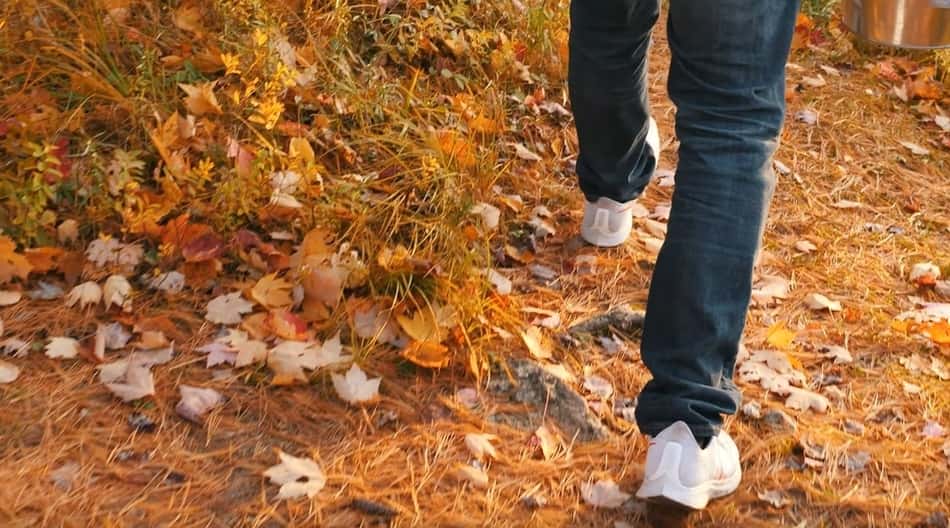
To start a fire, you don’t need to be an expert. Primarily, you’ll want a flat area, ideally away from trees and anything flammable overhead. If you can, try to have some wind protection in place. Always be aware of potential fire hazards, the wind’s direction, and other environmental factors.
2. Mark Out the Base
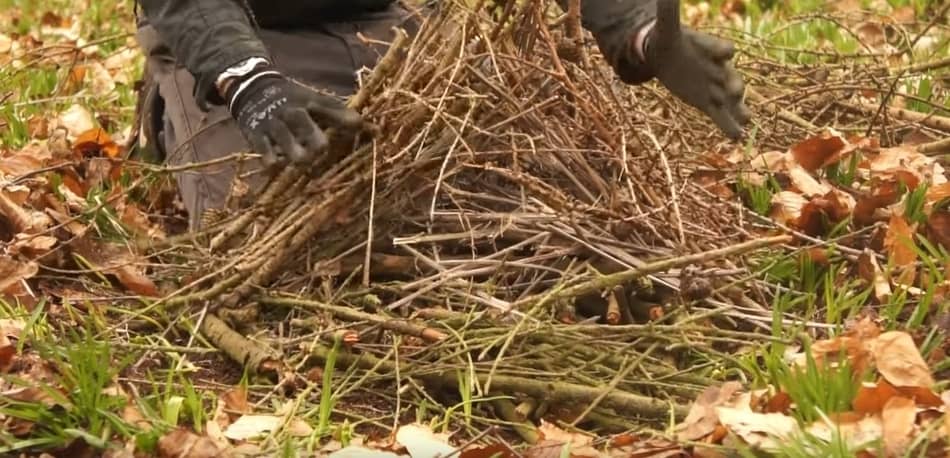
As the name suggests, this fire’s foundation or ‘cabin’ comes first. Its size determines the size of the fire. Generally, aim for a square about 1 foot (30 cm) on each side. Before starting, remove rocks, twigs, and leaves from your chosen spot, and ensure a safety buffer of a few yards/meters around it.
3. Set Up the Log Cabin Fire
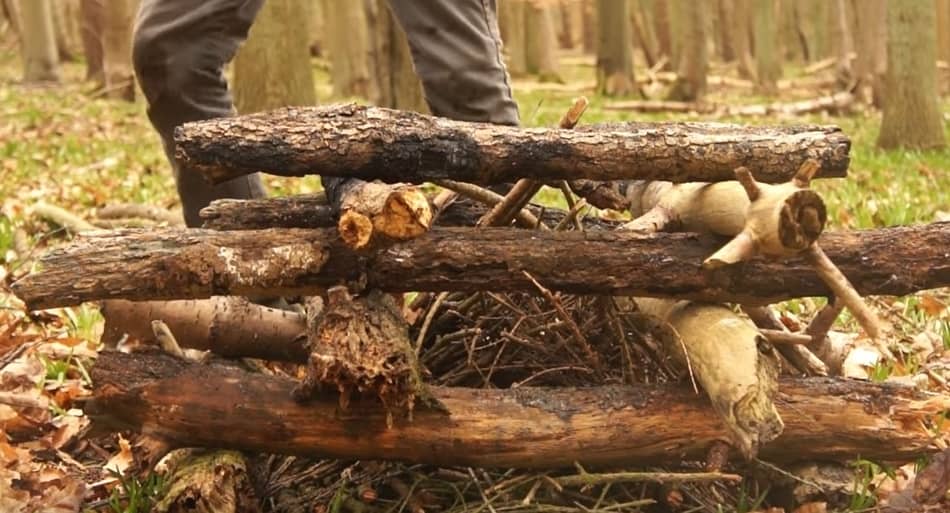
The logs for this structure can be the same size, but ideally, they shouldn’t be thicker than 1 inch (3 cm) to ensure they light up and burn efficiently. You can use slightly thicker logs for the base. Begin by placing two parallel sticks, followed by two more laid perpendicularly on top.
Now, inside this layout, you can start your fire. It might be a smaller pyramid-style fire, another log fire, or just a simple bunch of tinder and kindling, especially if the log cabin fire isn’t too large.
After the base fire is ready, continue to build the log cabin. Instead of just two parallel logs, you’ll add evenly spaced wood pieces. The design of this cabin resembles a box-like cabin, not a peaked structure. Four to six layers are typically sufficient.
4. Igniting the Fire
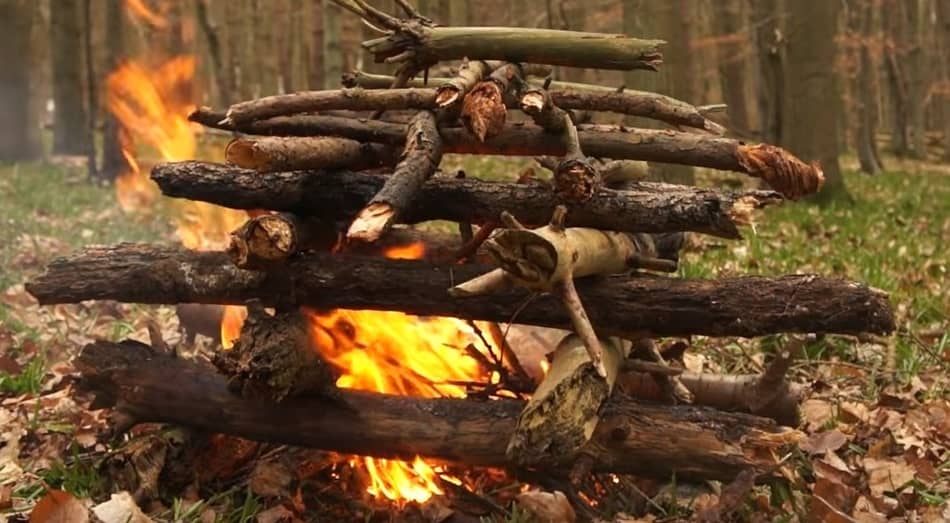
Light the fire at its base with a single match (or similar). The tinder will quickly ignite, setting the kindling aflame, which in turn lights the log cabin structure. As it progresses, the fire produces intense flames and eventually collapses into a bed of coals. To prolong the fire, add more wood as needed.
5. Maintaining the Log Cabin Fire
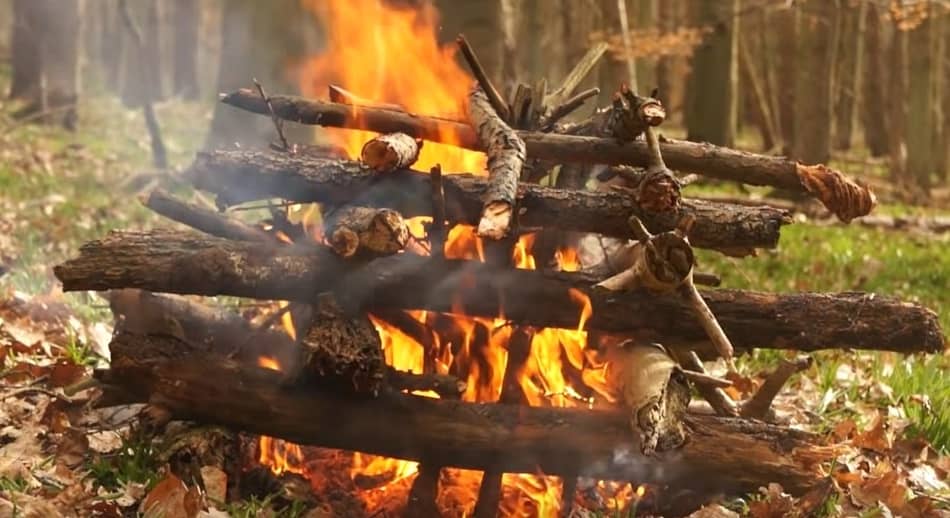
As the log cabin structure burns, it generates intense flames and subsequently reduces to a warm bed of coals. If you want to extend its life, throw in some extra firewood.
Well done! Your log cabin fire is now ready! Sit back and let this log cabin fire serve as a cozy centerpiece for moments with your loved ones. But remember, always have your fire-extinguishing tools within reach so you can act fast in an emergency.
Related Article: Are Log Cabins Prone to Fire? Explained
6. Putting Out the Fire
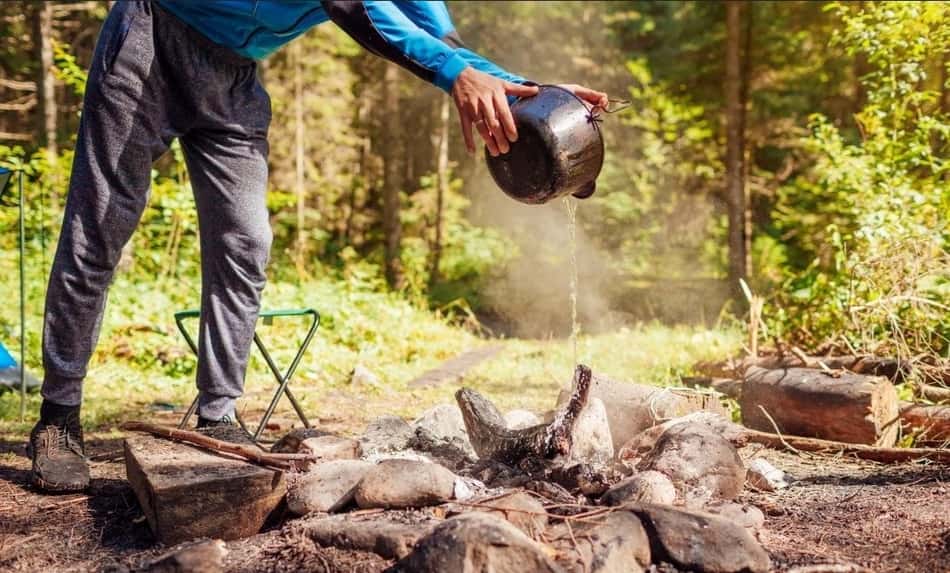
Since this fire lies on the ground’s surface, wind can pose risks if it’s not correctly extinguished. If any unburnt wood remains, spread it evenly across the fire’s footprint, essentially over-oxygenating it. Then, cautiously douse it with water. Ensure the fire is not just extinguished but also cool to the touch, preventing any chances of it reigniting.
If you want to see what this looks like, be sure to watch this YouTube video, which it shows you everything:
When to Build a Log Cabin Fire
There are several reasons why you should build a log cabin fire. Here are some of them:
1. When We Want To Cook Over a Campfire
When it comes to cooking on an open fire, the log cabin fire is probably the best choice. Its square design is steadier than other setups like the teepee or lean-to. Picture trying to place your cooking pot on a teepee fire; it’d just fall right in!
We definitely don’t want that – after all, enjoying a meal is the best part. Plus, even when waiting for the flames to become embers, the log cabin style remains superior due to its even-burning nature.
2. For Starting a Fire in a Fireplace
The log cabin setup is quite handy when lighting a fire in a fireplace. It’s less tricky than starting with a teepee structure, especially on stone or metal bases. Plus, a log cabin fire burns at a slower pace than a teepee or lean-to, making it great for prolonged warmth.
However, keep in mind that if you have a wood stove, the log cabin layout might not always fit, depending on your stove’s size and the length of your logs. If space is tight, consider the lean-to layout – it’s like a compact log cabin version.
Related Article: Log Cabin Tools Required to Build a Log Cabin
FAQ: People Also Ask
What is the difference between upside-down and log cabin fires?
With the log cabin style, the fire works hard to heat the wood on top. This makes the wood give off gases, causing more smoke. On the other hand, an upside-down fire heats the logs below it. As it does, the gases come out and get burned up as they move upwards through the fire.
Fire safety of Honka log houses
Wood is roughly 15% water, meaning it needs to dry out before it can truly ignite. In a fire, while a log house might char on the outside, it doesn’t collapse like steel or lighter-material homes. This charring also offers added protection to the wood beneath.
Final Thoughts
Now that you’re familiar with what a log cabin fire is and how to ignite one, it’s clear to see its advantages both in structure and safety. Its unique design ensures a steady burn, making it perfect for gatherings or cooking. Remember, always be alert when working that fire. Always prioritize safety, ensuring you have extinguishing tools at hand, and enjoy the warmth and ambiance a log cabin fire offers. I hope that this article has helped you, and if you have any questions, feel free to comment below.

